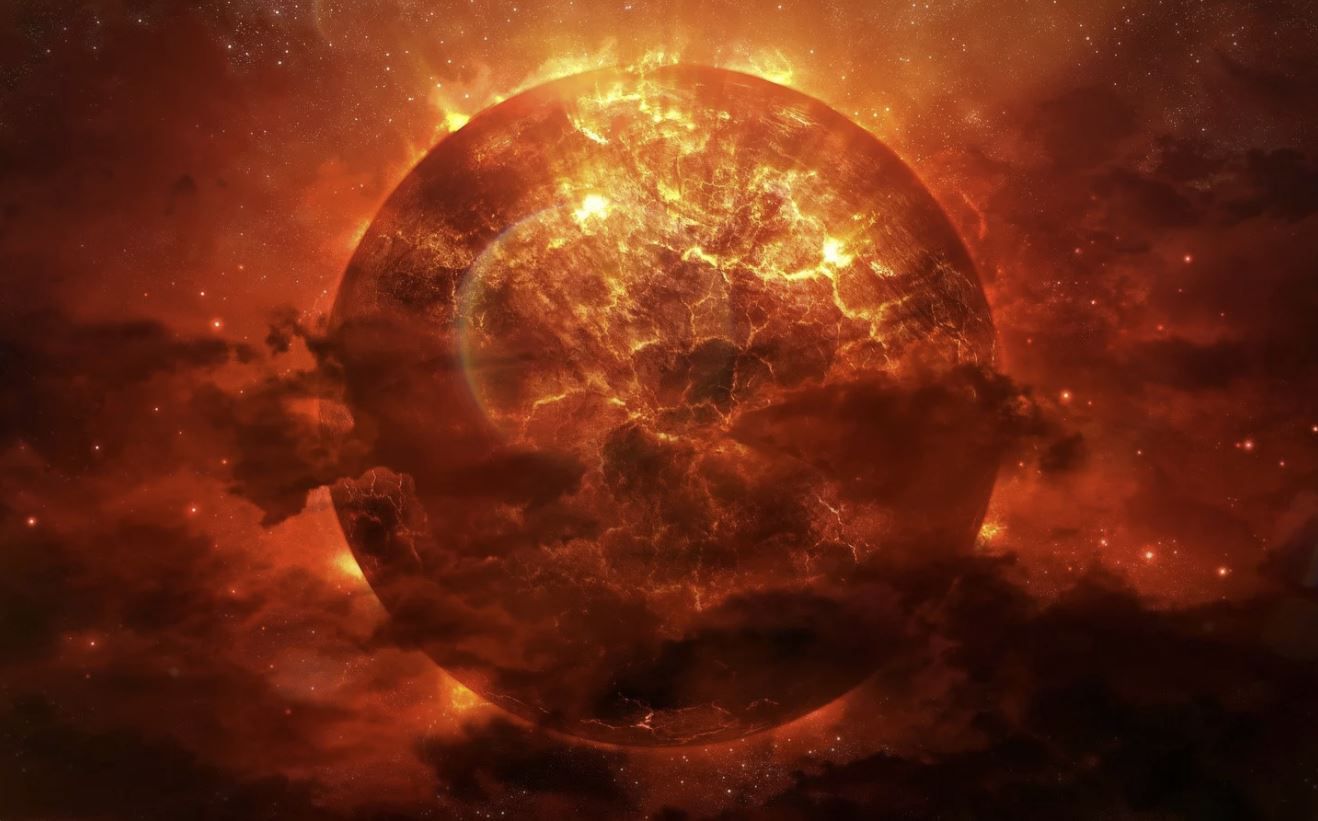Ah the Universe, a place so large that it is impossible to imagine, represent and – most likely – to explore. All this incredible space has a diameter of approx 92 billion light years (and we are talking about the observable part). Despite being mostly empty, made up of space dust, it houses more than 100 billion galaxies.
Every single structure of this type hosts from a minimum of ten million up to a maximum of one thousand billion stars. Imagine, now, how many celestial bodies can host these galaxies. Done? We know, it's impossible. However, as we have done with the strangest planets in the Universe, it is worth talking about the strangest stars in the Universe: real monsters that they will make you feel extremely small.
UY Scuti, the largest star in the universe
UY Scuti is a red hypergiant star (just like its "cousin" Betelgeuse) located in the constellation of the Shield, and is about 9,460 light years away from our planet. It is the largest known star, with an average radius of 1708 times that of the Sun (with an error margin relating to this measure is approximately 192 solar rays) equivalent to almost 8 astronomical units; 1 astronomical unit is the distance between the Sun and Earth, 150 million kilometers. This means that if it were at the center of our solar system, the star would swallow all the rocky planets, Jupiter, and would "touch" Saturn.
UY Scuti has a volume of about 5 billion times that of the Sun and is very bright, which makes it one of the brightest stars in the Milky Way. The celestial body in question is about three times the size of Betelgeuse and should end its life as a supernova.
The problem with these stars, however, is one: they do not have well-defined edges and are almost always irregular. Astronomers therefore focused on the position the photosphere occupies. However, although this is the largest known star, this is not the most massive one. The mass of UY Scuti stands about 30 times that of our Sun. Now a question arises – surely – spontaneous: which is the most massive one? The answer is soon said.
RMC 136a1, the most massive star known
With approx 315 solar masses, RMC 136a1 is the most massive star known (so far). Despite its huge mass, the star "only" extends 30 times the radius of our Sun. It is part of a cluster of very hot and bright stars in the center of R136, the central concentration of stars in NGC 2070. Not just the mass , its brightness is also incredible: it shines 8,700,000 times more than our star. Furthermore, the massive star is characterized by a surface temperature of over 50,000 K (49,000 degrees Celsius, almost 10 times warmer than the Sun).
The evolution of R136a1 is uncertain, since no comparable stars are known that can confirm the future of a star of this mass. What will happen when R136a1 dies? Many of you will think "it will explode in a supernova"but no. The stars between 8 and 150 solar masses do this, leaving a compact residue in the form of a neutron star or black hole.
Indeed, it is believed that supermassive stars, such as R136a1, end their existence by exploding in ipernovae, a hypothetical stellar explosion similar to the supernova but with a release of energy at least 100 times higher. In short, an extreme end for an extreme star.
EBLM J0555-57Ab, the smallest star
Ok, let's relax for a moment with measures within reach of the "solar system" and where, finally, our Sun will be able to get on the podium. EBLM J0555-57Ab is the smallest known star. How small? Much, given that Jupiter is larger in comparison. It is located 600 light years from us, in the constellation of the Chameleon.
It is still considered a star for a reason: its ability to melt hydrogen, this happens with a minimum mass of 7.5-8% at least that of the Sun. Incredibly, EBLM J0555-57Ab is 8.1% of the mass of the Sun , slightly exceeds the limit of brown dwarfs, but remains extremely weak: it is 2,000-3,000 times less bright than the Sun.. The amazing thing is that these types of stars are the most common in the universe.
Theoretical stars
Theoretical stars are those celestial bodies that have never been observed directly. For example, as an object of Thorne-Zytkow, a hypothetical type of star, consisting of a giant or red supergiant that it contains a neutron star inside. Eventually, the two stars will merge together in a time between 100 and 1000 years.


Once this has happened, two phenomena may occur: the creation of a stellar black hole or the creation of an even more massive neutron star than the first. Some astrophysicists speculate that within these objects, during the fusion, some can be created completely new elements compared to the classic stellar nucleosynthesis.
However, these assumptions cannot – at least for now – find no confirmation, since an object of this type has never been observed. From a strictly observational point of view, in fact, a Thorne-Zytkow object would appear similar to a red supergiant.
















